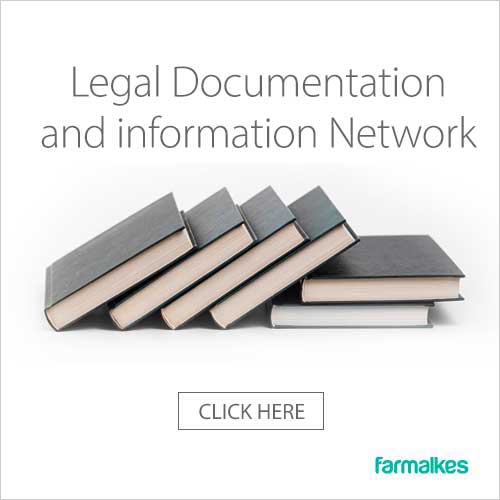The masks on the market have various functions and uses, even though they physically look similar. Recently, many non-medical masks have been claimed as medical masks even though their specifications are different. "What is referred to as not in accordance with its designation is for example that the mask is not actually a medical device mask but is claimed to be a medical device mask," said Acting. Director General of Pharmaceuticals, drg Arianti Anaya, MKM, in a press conference last April. According to her, medical masks must meet quality and safety requirements and pass various tests related to virus and bacteria filtration. Medical masks that pass these tests will receive a distribution license from the Ministry of Health.
Medical masks, according to Plt. Director General of Pharmaceuticals, have a bacterial filtration efficiency of at least 95 percent. This specification is different from non-medical masks, which among others are used in the painting industry, which are not recommended for COVID-19 prevention. "For non-medical masks but using claims as medical masks, the Ministry of Health has conducted supervision and has confiscated them in several places," he explained.
Admittedly, it is physically difficult to find the difference between medical and non-medical masks. However, fake masks can be recognized, among others, by checking the distribution permit listed on the packaging, through infoalkes.kemkes.go.id
Perbedaan Masker Medis dan Non Medis
Medical mask
Medical masks, also known as surgical masks, are masks that have at least three layers of synthetic, non-woven material. The design of medical masks is configured so that the filtration layers are sandwiched in the center and are usually also available in various levels of thickness. Medical masks themselves, have various levels of fluid resistance and filtering, WHO recommends that elderly people (aged 60 years and above), or people of any age but with certain health conditions, for example chronic respiratory diseases, cardiovascular diseases, cancer, obesity, patients with immune disorders, and diabetes mellitus wear medical masks in their daily activities.
Non-medical Mask
Beneficially, it is said that non-medical masks can indeed help limit the spread of droplets when sneezing or coughing. But on the other hand, non-medical masks are not designed to seal tightly around the face.
Likewise with the material, cloth material as a non-medical mask material is different from the material used in certified masks and its nature cannot filter viruses.
In daily use, non-medical masks such as cloth masks must be washed immediately after use. Unlike medical masks, which are disposable and immediately discarded.
Examples of non-medical masks such as cloth masks or disposable daily masks, cited from the Canadian Centre for Occupational Health and Safety, are not evaluated or tested against recognized standards at a standard level.
How to recognize genuine and fake medical masks
1. Visual Test
When claiming that a mask is a 3-layer mask, logically it should have 3 layers. Open or tear one of the masks and you should see 3 clear layers. A 3-layer mask usually consists of a Translucent piece (top), a white layer (middle), and a colored piece (Green, Blue, or even White).
2. Water Test
A surgical mask, not only protects others from your coughs and sneezes, but also provides protection against others. Therefore, the outer layer is designed to be waterproof.
Fold the mask so that the outside forms a funnel. Then pour water into it. If the mask is genuine then, it will hold the water.
3. Burn Test
Even if there are 3 layers of masks, make sure the middle layer is a mask, not paper. Therefore, if you burn it with fire, the filter should not burn. [Syukra]



 Illustration: masks
Illustration: masks















